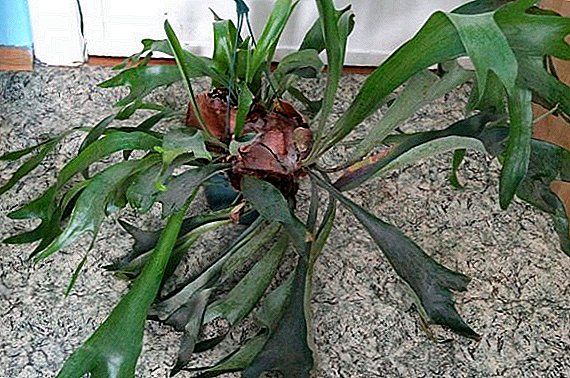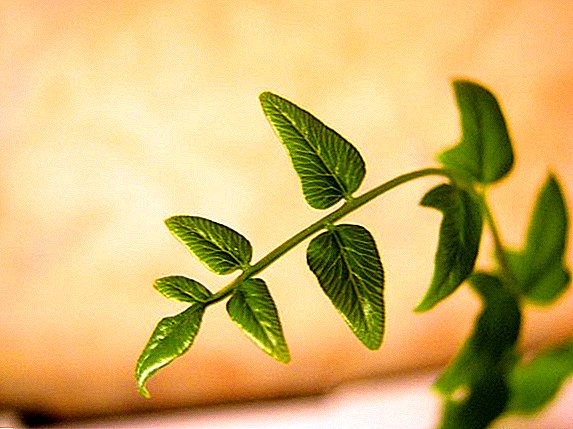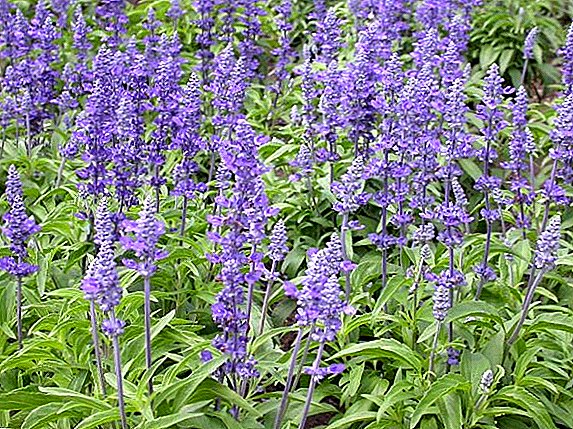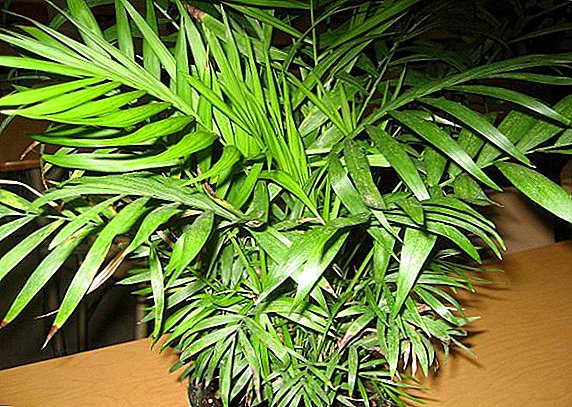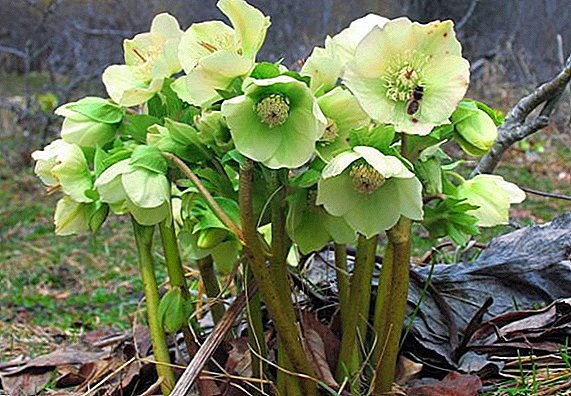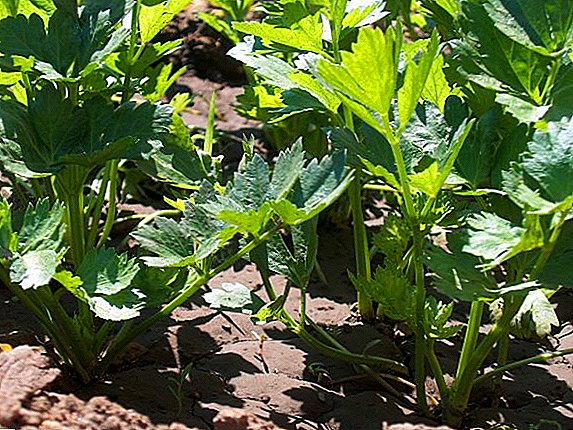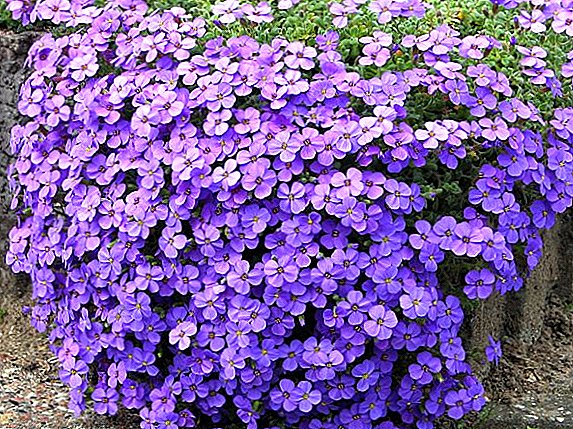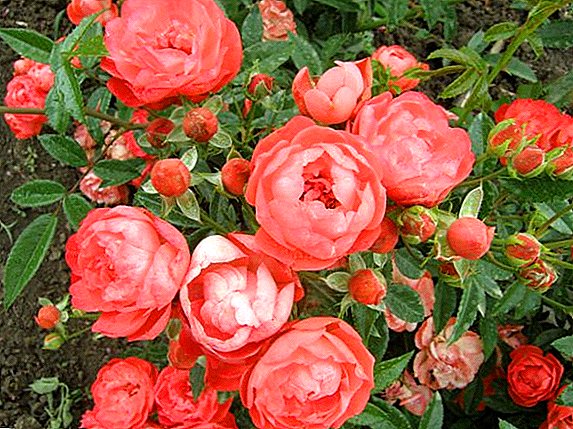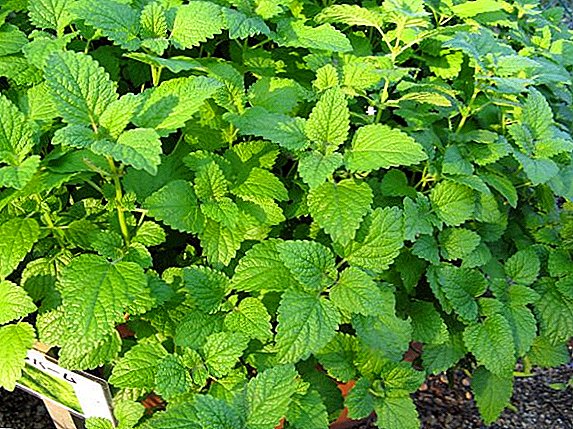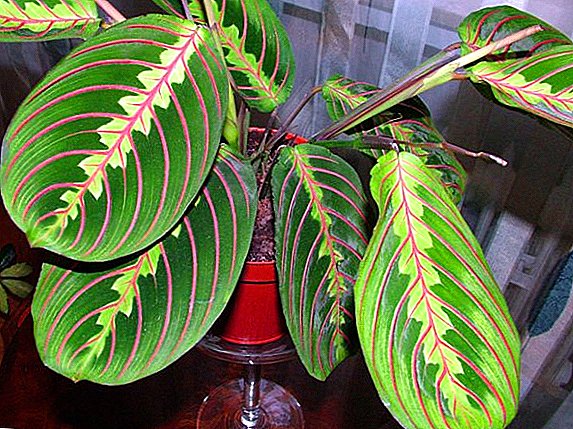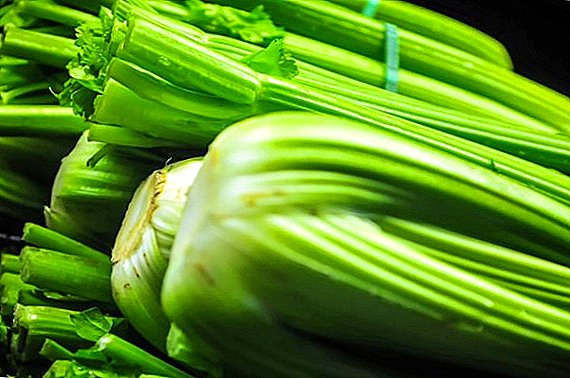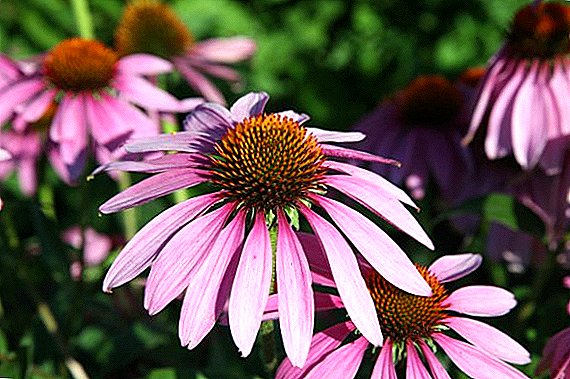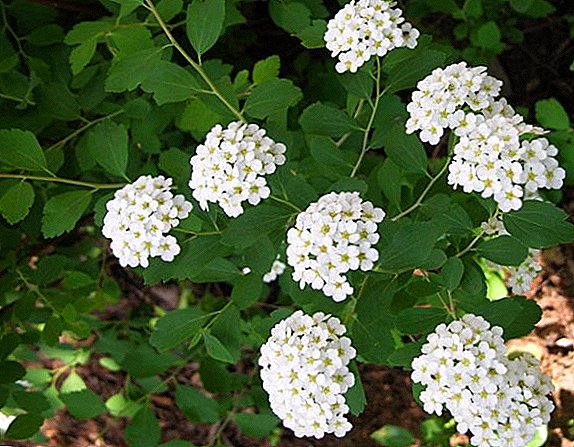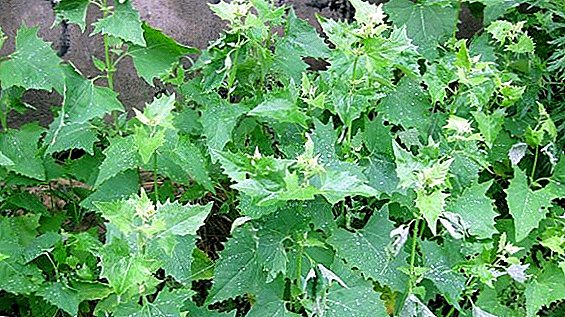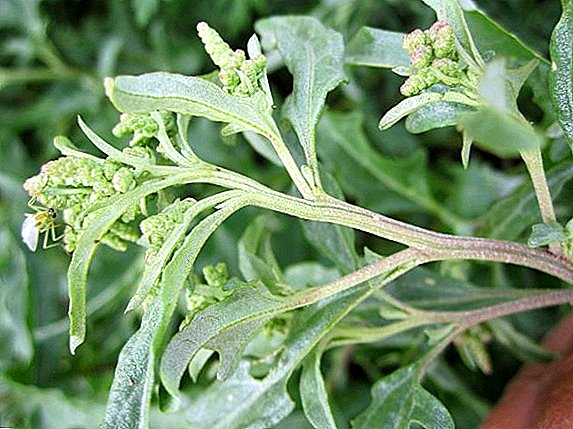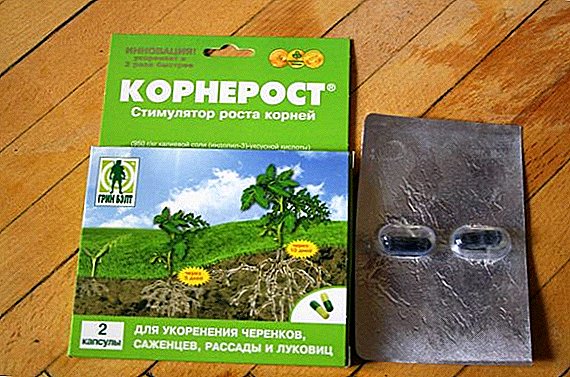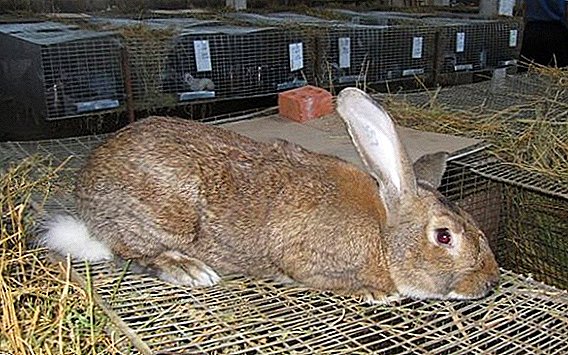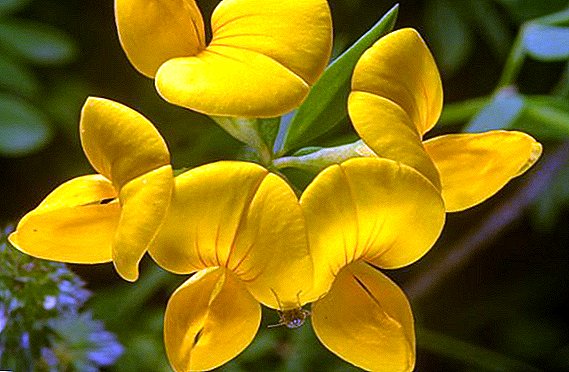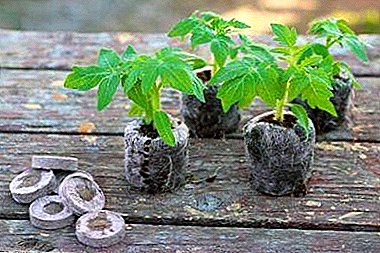Crop production
Platicerium - a genus of ferns belonging to the family of Centipedes. Very common in the rainforests of the Old World. Did you know? The Latin name for the plant platyceros is derived from the Greek words platos - wide and keros - horn; literally means "fallow deer", which indicates the shape of a fern that resembles deer horns.
Read MoreTsirtomium is one of the most beautiful fern species that can decorate any home or office interior. The people are also known as sacred ferns, holly or holly. This unpretentious, easy-to-care and compact plant is ideal for growing at home. The plant comes from South Africa, Oceania and tropical Asia.
Read MorePelley (Pilea), in common - push button fern, belongs to the synopter family. In its natural environment, pellets grow in tropical, subtropical and temperate zones on different continents, but are most often found in America. Description of pellets and its types It differs from other ferns in that it is well tolerated by moisture, and if it is properly maintained, then its leaves grow very long.
Read MoreThe healing potential and properties of sage were still appreciated by ancient healers. Sage began its victorious march across the planet several hundred years ago. Ancient Greek and Roman physicians actively used sage in their practice for the treatment of many ailments and were the first to describe this plant in their medical treatises.
Read MoreHamedorea palm tree is an opportunity for each of us to have a piece of the south at home, which will remind us of the summer, the sun and the amazing overseas sandy beaches. Homeland Hamedorei are warm rainforests of Mexico, Belize, Guatemala and the Yucatan Peninsula. Those who are engaged in the cultivation of indoor plants, cultivate this exotic plant due to the unusual feathery shape of its leaves, which have high decorative characteristics.
Read MoreFor a long time, our ancestors believed that the hellebore growing near the house would protect against magic and the attack of dark forces. Later, it began to be equated to a miraculous plant that helps overcome many ailments, can cleanse the body and even helps to deal with the problems of excess weight. The hellebore, the care of which is possible even for an amateur gardener, blooms early and is very beautiful.
Read MoreWhen you want to make a delicious and healthy salad, many use celery sprigs. It is not necessary to buy this product every time, because it can be grown on a private plot. Therefore, today we will talk about how to grow celery in the garden. Peculiarities of leaf celery You may already know that besides the leaf celery, there is also petiole and root.
Read MoreThe homeland of the plant obriet, or aubriet, is the Mediterranean and Asia Minor. Today, flowers are distributed throughout the European part and not only. The flower was named after the Frenchman Claude Aubrieux, a florist artist. Aubrieta: a description of a plant Aubrieta is a ground cover herbaceous flowering plant.
Read MoreIf an ordinary rose - the queen of flowers knows everything, the groundcover rose is known to few, try to figure out what kind of plant it is and how to grow it. Ground-cover roses are a whole group of plants that have winding stems up to 2 m long and small shiny leaves that cover the ground like a carpet.
Read MoreMelissa officinalis - ethereal oil perennial herb belonging to the genus Melissa of the family Cluster. The plant is an essential component of many recipes of traditional medicine. Melissa has been used for the treatment of various diseases for 2000 years. Melissa officinalis is also known as lemon mint, mother liquor, honey cake, women's grass, roe-marts, bee mint, apiary, lemon balm or lemon grass.
Read MoreMaranta is the perfect choice for home decoration or even office space. Its large ornamental leaves are decorated with silver, white and red veins. It often happens that the arrowroot is sick and the leaves turn yellow, the reasons for this and how to deal with the problems in growing arrowroot, we consider in this article.
Read MoreCelery has long been used by man for food. The plant has a spicy aroma and an unusual taste, and thanks to its beneficial properties has won an honorable place in the diet of those who care about their health. Did you know? Celery has been known since the days of ancient Greece, and if you believe the myths, it was the favorite vegetable of the goddess Aphrodite and the queen Cleopatra, and besides, Hippocrates used him actively to treat a variety of diseases.
Read MoreEchinacea is a real gift of nature to man. Everything is useful in it: roots, stems, leaves, and inflorescences. In addition, it is unusually beautiful, its bright large inflorescences - a true decoration for the garden. Let's talk about the beneficial properties of echinacea and contraindications to its use, consider how to procure and store raw materials, and also briefly find out which echinacea has a chemical composition.
Read MoreSpirea is a shrub of the Rosaceae family, growing in its natural environment in forests, on mountain slopes and in steppes. More than a hundred plant species are known, the distribution area is also quite wide: there are species adapted to warm climatic conditions, there are winter-hardy plant varieties. In this article we will talk about winter-hardy types of spirea, planting and caring for a plant in the Urals.
Read MoreMany of us have heard the name of the grass quinoa, but not everyone knows what kind of plant it is. Quinoa can be a single or perennial shrub, dwarf shrub or grass. The number of species of quinoa is more than 100. The height of the plant varies from 20 cm to 1.8 m, the shoots are thick or thin, depending on the species.
Read MoreQuinoa on our gardens - a frequent guest. Today, more than a hundred of its species are known. It is covered with a dense carpet of personal plots, vacant lots, river banks, gardens, fields and vegetable gardens. Weeds in the country - this is a serious problem for the owners, because most often the usual weeding is not enough to once and for all get rid of unwanted growth.
Read MoreVery often, plants that we consider to be purely ornamental or even weeds in the garden have special properties and can be beneficial. The same situation with the quinoa. Our ancestors knew about the swan and its beneficial properties, regularly adding it to food. Moreover, sometimes quinoa was not only an “ingredient” in cooking, but in some cases it was the main component (for example, in “hungry times”), as it is a fairly nutritious plant.
Read MoreAihrizone (or as it is popularly called the tree of love) is a member of the Tolstyankov family, which grows mainly in rock crevices in the Canary and Azores islands, as well as in Morocco, Portugal and Madeira. This family includes fifteen species of annual and perennial herbaceous succulent plants (sometimes semi-shrubs are also found).
Read MoreToday, many gardeners are actively using plant root formation accelerators in their practice. These miracle drugs increase the likelihood of the formation of seedlings of an independent, well-developed root system through increased accumulation of useful substances in the root formation zone. Description of the drug "Cornerost" Every gardener wants to learn how to improve the survival rate of seedlings.
Read MorePeppermint is a medicinal plant known for its tonic, anti-inflammatory, healing, soothing, anti-stress and concentration-promoting properties. It is used both in traditional medicine, and in traditional. It is also used in the food industry, cosmetology, perfumery and just for gardening garden and park areas.
Read More

